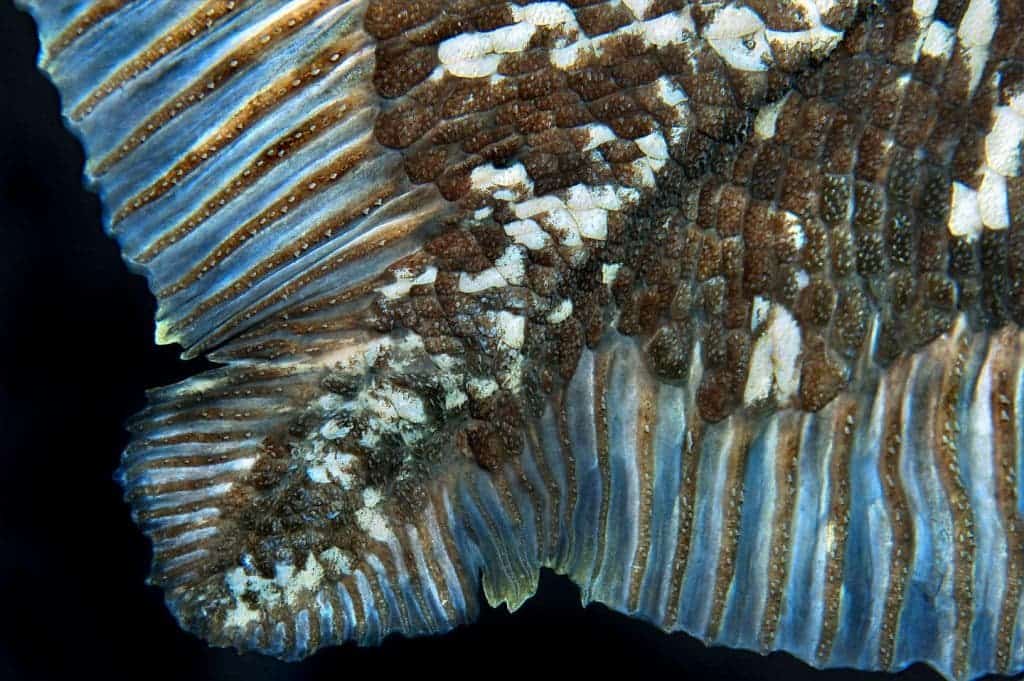It’s giant, mysterious, and has been around since the time of the dinosaurs, earning its nickname of a “living fossil”. The coelacanth is a fish that can grow to be the size of a human, and while researchers initially thought it had a life span of about 20 years, a new study is now suggesting it’s actually a centenarian of the ocean — bringing it into a very elite club.

The coelacanths are large lobe-finned fish (sarcopterygians) and are considered critically endangered. They have a large body size that can reach up to two meters in length and can weigh up to 105 kilograms. They are found most commonly at water temperatures between 15°C and 19°C and have been around for 400 million years — hundreds of years before T-Rex actually joined the fray.
The history of the fish has been something of a black box, though. Coelacanths are known from fossils and were presumed to have been extinct since the Cretaceous period (around 66 million years ago). But it all changed when a fisherman in South Africa pulled up a specimen in 1938. The find sent ripples throughout the entire scientific community and forced scientists to rethink what they thought they knew about the group.
Now, a group of French researchers have found evidence that, in addition to their impressive size, coelacanths also can live for an impressively long time, perhaps even a century or more. They studied marks on the scales of museum specimens, just like tree rings tell the age of trees, and found that their oldest specimen was 84 years old.
“Our most important finding is that the coelacanth’s age was underestimated by a factor of five,” Kélig Mahé, lead research, said in a statement. “Our new age estimation allowed us to re-appraise the coelacanth’s body growth, which happens to be one of the slowest among marine fish of similar size, as well as other life-history traits.”
Scientists used to estimate fish ages by counting big lines on a specific coelacanth scale. But the French researchers found they were missing smaller lines that could only be seen using polarised light. This helped them to reveal five smaller lines for every big one, concluding that the small ones correlated to a year of coelacanth fish age.
Using the technique, the scientists studied two embryos and calculated the largest was five years old and the youngest was nine years old. So, they calculated pregnancy lasts at least five years in coelacanths. This is far longer than the longest mammalian gestation. The Indian elephant currently holds that record, at about 22 months.
The researchers also estimated that coelacanths don’t even reach maturity until they’re around age 50. They could determine this based on previous studies that described the animal’s length and other physical differences between juvenile and sexually mature specimens. The fully mature when us humans start needing reading glasses.
“The coelacanth appears to have one of, if not the slowest, life histories among marine fish, and close to those of deep-sea sharks and roughies,” said Kélig Mahé. “Our results thus suggest that it may be even more threatened than expected due to its peculiar life history. Consequently, these new pieces of information on coelacanths’ biology and life history are essential to the conservation and management of this species.”
The study was published in the journal Cell.


